Slotted casing is one of the key equipment in oil drilling operations and is widely used in pre-completion and oil production sand control operations. Slotted casing is usually made of seamless steel pipe. Seamless steel pipe has high strength and corrosion resistance, and is suitable for manufacturing slotted casing for filtering and screening various materials. The performance and life of slotted casing directly affect the efficiency and safety of the entire oil production process. Slotted casing after drilling often produces burrs inside and outside the hole, which will affect the normal use of the slotted casing. Therefore, deburring is an important process in the manufacture of slotted casing. This article introduces the process of deburring the inside and outside of the slotted casing in detail for your reference.
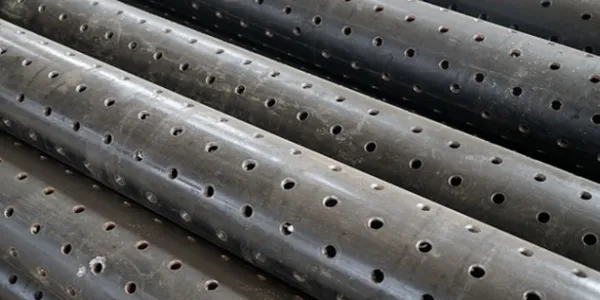
1. Process of deburring the inner part of slotted casing
Preparation: First, move the base pipe to the deburring station and remove the thread protectors at both ends of the base pipe to ensure that the threads are not damaged during the operation.
Clean up iron chips: Use compressed air to blow out the iron chips in the pipe to ensure that there are no impurities in the pipe to prevent damage to the equipment and tools during the deburring process.
Check the deburring equipment: Turn on the air motor air source switch of the deburring machine to check whether the length of the tool is sufficient and whether the tool is sharp to ensure the deburring effect.
Perform deburring operation: Flip the axial movement switch of the tool bar to extend the tool into the pipe body. Twist the air motor switch and the tool will immediately rotate at high speed. Adjust the axial movement speed of the tool, usually set to 0.7 to 1 meter per minute, to ensure that the tool can smoothly pass all the small holes on the pipe wall. Flip the axial movement switch of the tool bar in the opposite direction, and the tool will retreat until the air motor switch exposes the pipe end. Immediately turn off the air motor and the tool will continue to move axially until it returns to the starting position. Flip the axial movement switch of the tool bar to the stop position again.
Check the burr removal effect: Use compressed air to blow away the iron filings in the pipe again, and use a flashlight to observe whether the burrs on the inner wall are cleaned. If the burrs have been completely removed, proceed to the next process; if they are not completely cleaned, adjust the tool or axial movement speed and repeat the above process until the burrs are completely removed.
Restore protection: Install the thread protectors at both ends of the base pipe to prevent the threads from being damaged during transportation or subsequent processing.
Record and transfer: Fill in relevant records to confirm that the internal burr removal process is completed and prepare to proceed to the next processing step.
2. Slotted casing deburring process (as needed)
Remove external burrs: Use a flat file to remove the burrs on the outer hole of the pipe body that are higher than the outer circle. During the operation, pay attention to controlling the filing force and direction to ensure that the hole is smooth.
Clean the burrs on the flanging inside the drilled hole: Use a small round file to knock off the flanging burrs inside the drilled hole to ensure that the inside and outside of the hole are smooth and burr-free.
Clean iron filings and restore protection: Remove the thread protectors at both ends and blow out the iron filings in the pipe with compressed air. After completion, re-install the thread protector to prevent damage to the thread.
Record and transfer: Fill in relevant records, confirm that the deburring process is completed, and prepare to enter the next processing step.
3. Importance of slotted casing deburring
Slotted casing plays an important role in oil drilling operations. Its main function is the same as the screen casing, which is to filter sand and other impurities in the well. If the burrs after drilling are not removed in time, the following problems may occur:
Reduced equipment performance: burrs may affect the filtering effect of the slotted casing and reduce the overall performance of the slotted casing.
Increased wear: burrs may increase the resistance to the flow of liquid in the pipe and accelerate the wear of the slotted casing and other equipment.
Blocking risk: burrs are easy to fall off, blocking the orifice or other key parts of the slotted casing, affecting normal production.
Safety hazards: burrs that are not cleaned up may cause safety hazards during installation and use, increasing the risk of accidents.
4. Summary
The deburring process of slotted casing is an important part to ensure the performance and life of slotted casing. Through a scientific and reasonable deburring process, internal and external burrs can be effectively removed to ensure the normal use and safety of slotted casing. With the development of technology, deburring equipment and processes are also constantly improving to complete this work with higher efficiency and precision. In actual production, the deburring operating parameters should be flexibly adjusted according to specific needs and actual conditions to ensure the best effect. Through continuous technological innovation and process optimization, the manufacturing quality of slotted casing will continue to improve, providing more reliable protection for oil drilling operations.






 English
English Español
Español بالعربية
بالعربية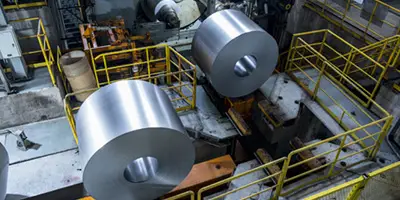
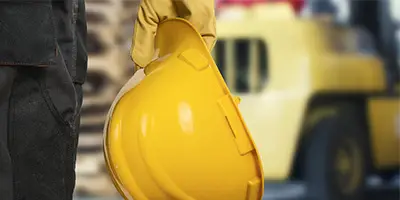
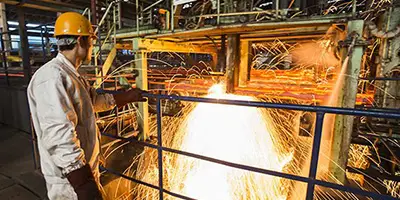
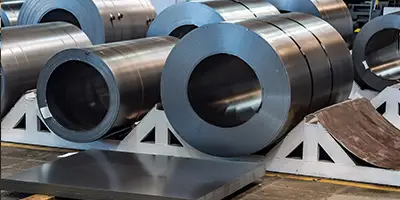

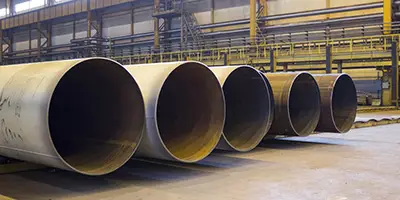
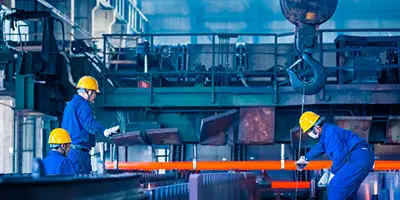
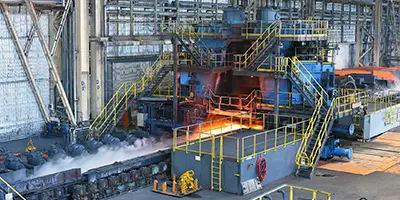
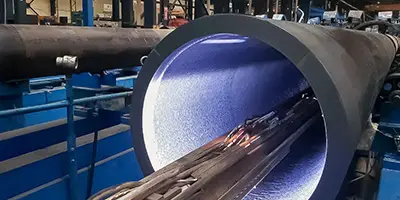
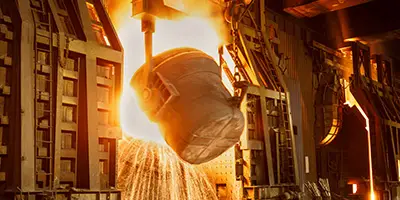


 Phone :
Phone :  Whatsapp :
Whatsapp :  Email :
Email : 


